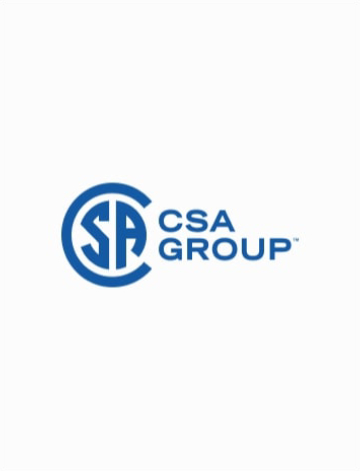
Z364.2.2-03 (R2008)
Water Treatment Equipment and Water Quality Requirements for Hemodialysis
- Publication Year 2003
- Published by CSA Group
- Reaffirmed in 2008
- Withdrawn
Available Formats:
Language:

Water Treatment Equipment and Water Quality Requirements for Hemodialysis